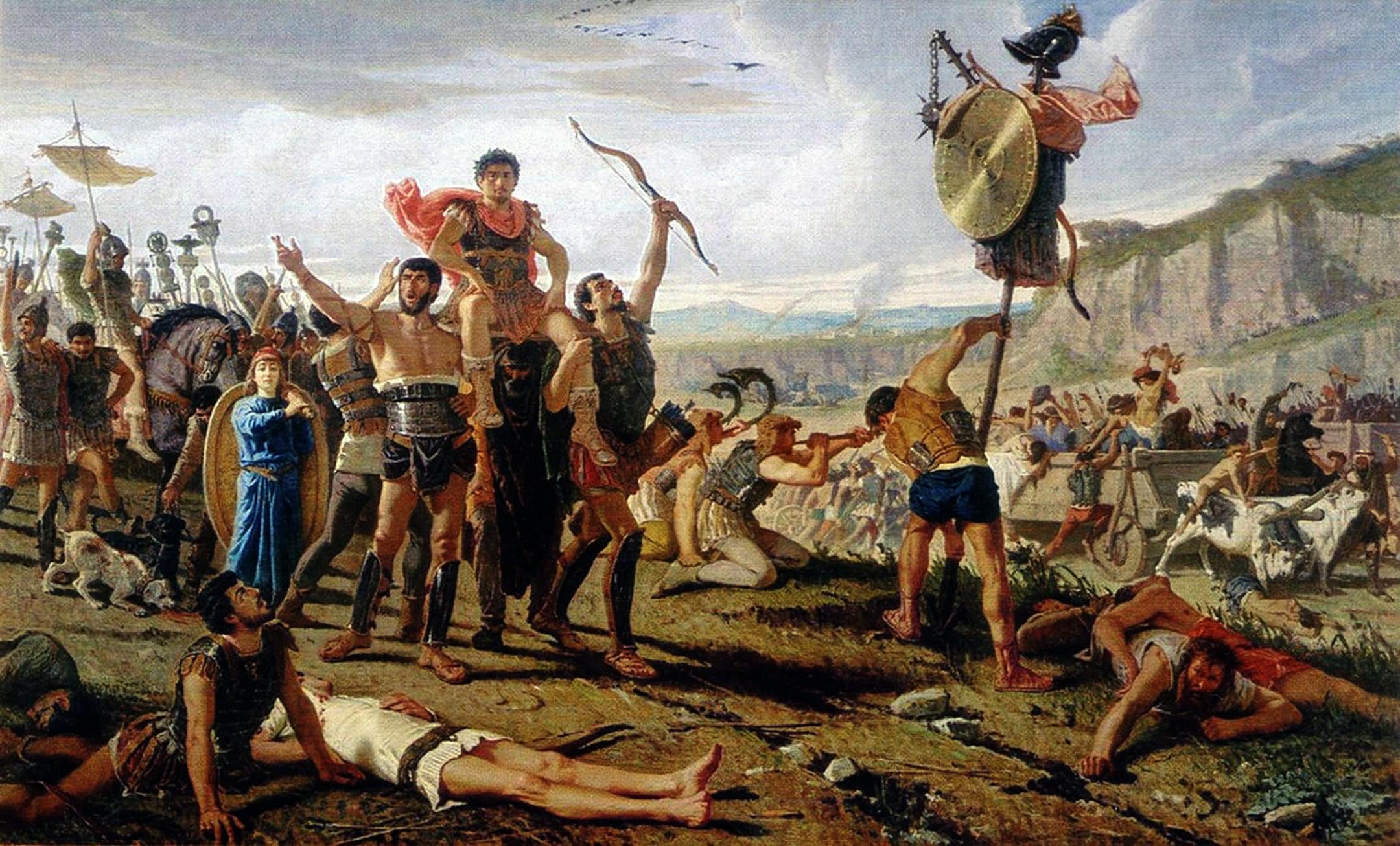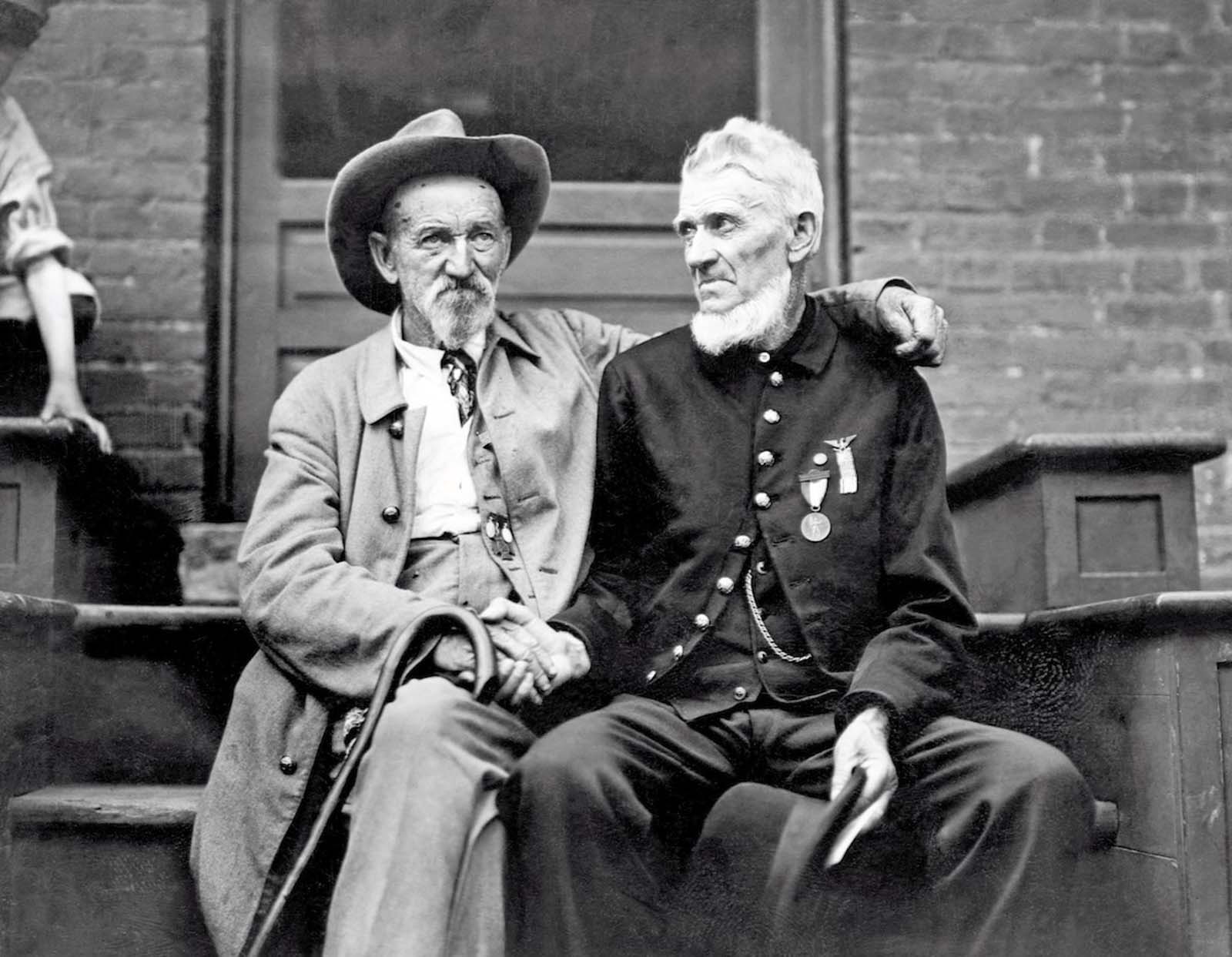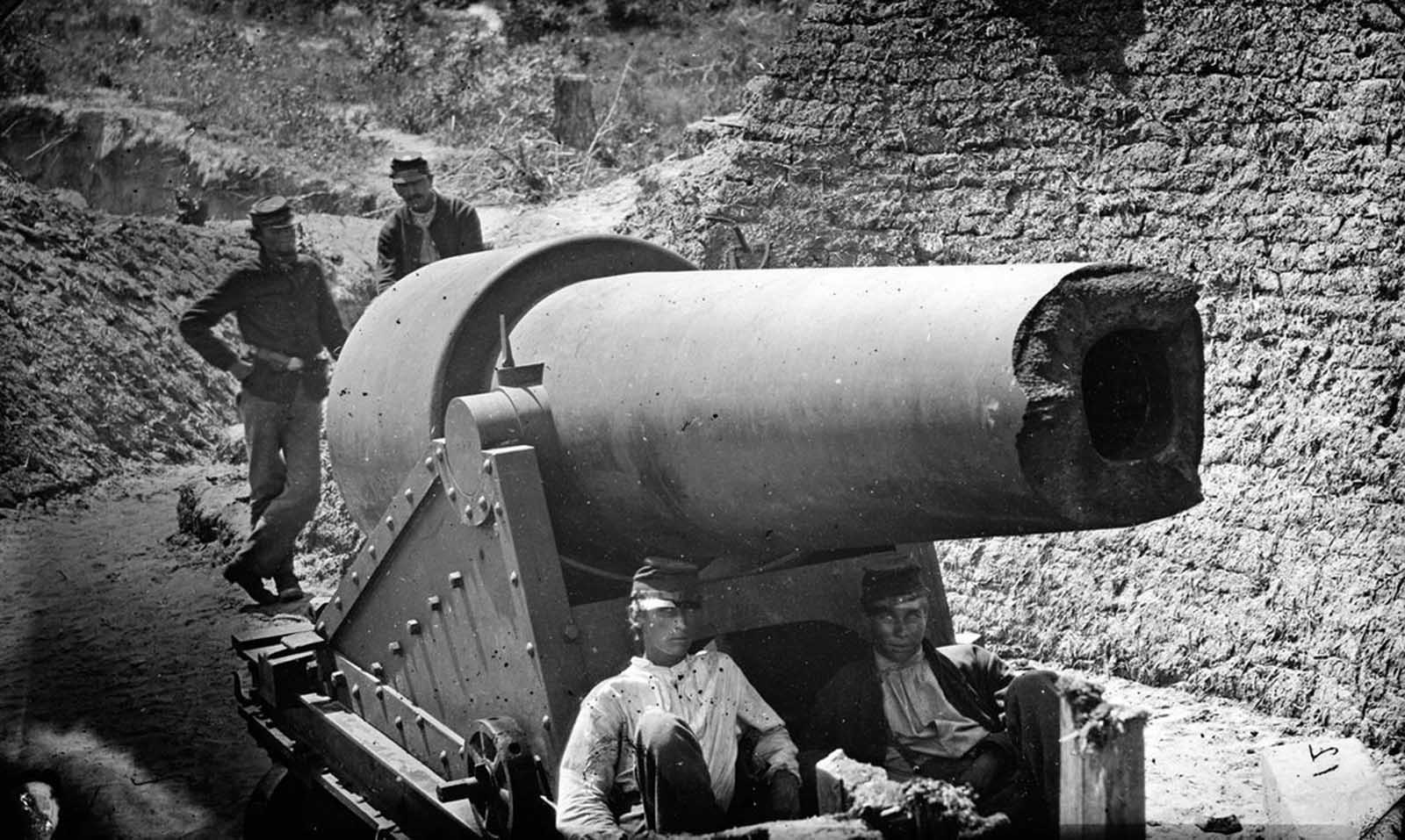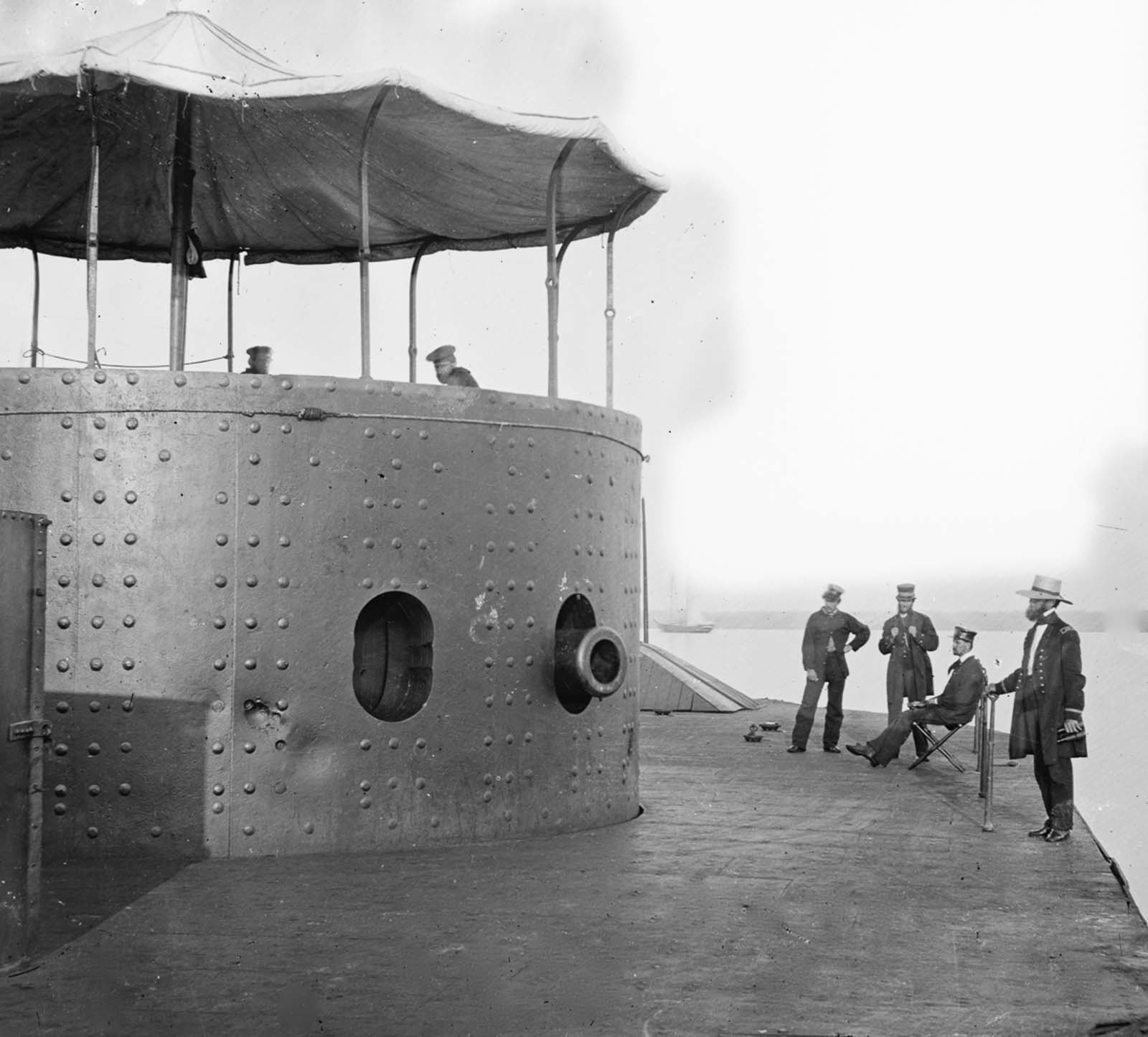This is the third week of our biweekly series that focuses on black men who changed the world with their inventions.
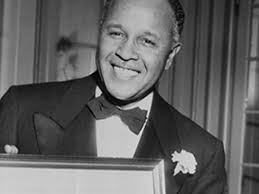
Percy lavon Julian
The pioneer of the chemical synthesis of medicinal drugs from plants set a foundation for the steroid drug industry. He was born April 11, 1899, in Montgomery, Alabama, USA, to James Sumner Julian and his wife, Elizabeth Lena Adams. The oldest of six children and grandson of a former slave. James, his father, was a federally employed railway mail clerk, and so their family was more privileged than most black families.
In 1916, when he was 17, he was accepted as a sub-freshman at DePauw University in Greencastle, Indiana. And so, in addition to his regular college courses, he took remedial classes at a nearby high school.
He lived in an off-campus boarding home and
worked part-time at a fraternity house and also as a ditch digger. He excelled, and he graduated as valedictorian of his class with a chemistry degree in 1920.
Julian received a Rockefeller Foundation grant, and it presented him with the opportunity to earn his doctorate degree in 1929. He studied plant alkaloid chemistry under the tutelage of Ernst Späth at the University of Vienna, Austria.
In 1931, he received his PhD and taught for two years at Howard. Then in 1933, he went back to DePauw University to teach senior courses in organic chemistry.
His research led to understanding the chemical synthesis of drugs to treat glaucoma and arthritis. He also invented a product that uses soy protein to put out oil and gas fires and was widely used in World War II, called the Aero foam.
He established his laboratory called Julian laboratory in 1954 and sold it in 1961, making him one of the first Black millionaires. Julian became the first Black chemist elected to the National Academy of the Sciences in 1973.
He died of liver cancer on April 19, 1975.
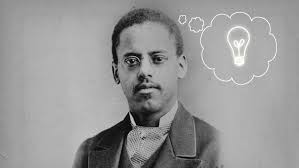
Lewis Howard Latimer
Born born in Chelsea, Massachusetts, on September 4, 1848, to parents who had fled slavery, Lewis Howard Latimer was an inventor and draftsman best known for his contributions to the patenting of the light bulb and the telephone.
While working at a patent firm, he learned the art of mechanical drawing. He worked closely with Thomas Edison and Alexander Graham Bell in the course of his career as a draftsman.
He was the youngest of George and Rebecca Latimer’s four children. Latimer worked to help support his mother and his family, and in 1864, at the age of 16, Latimer lied about his age so he could enlist in the United States Navy during the Civil War.
After which, he worked at the Crosby and Gould patent law office. Latimer also designed a number of his own inventions, like an early air conditioning unit and an improved railroad car bathroom. While working with Bell, he helped draft the patent for Bell’s design of the telephone. He was also involved in the field of incandescent lighting, a particularly competitive field, working for Hiram Maxim and Edison.
He continued to work as a patent consultant until 1922, and he died on December 11, 1928, in New York.
READ ALSO 👇👇👇
Two Important Inventions That Would Not Exist Without Black Men
Two Important Inventions That Would Not Exist Without Black Men

